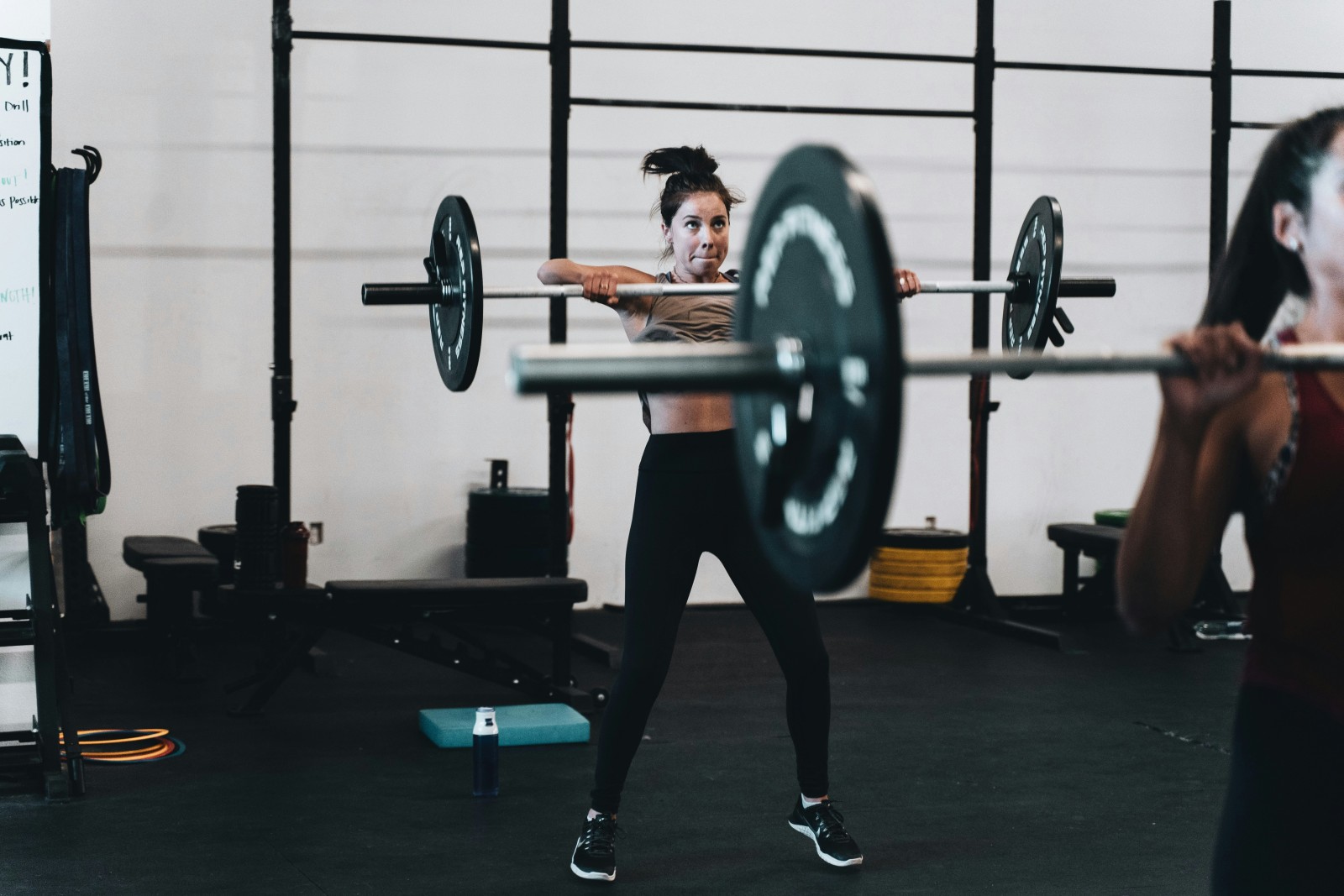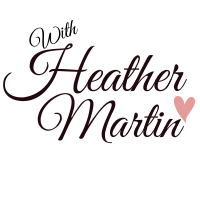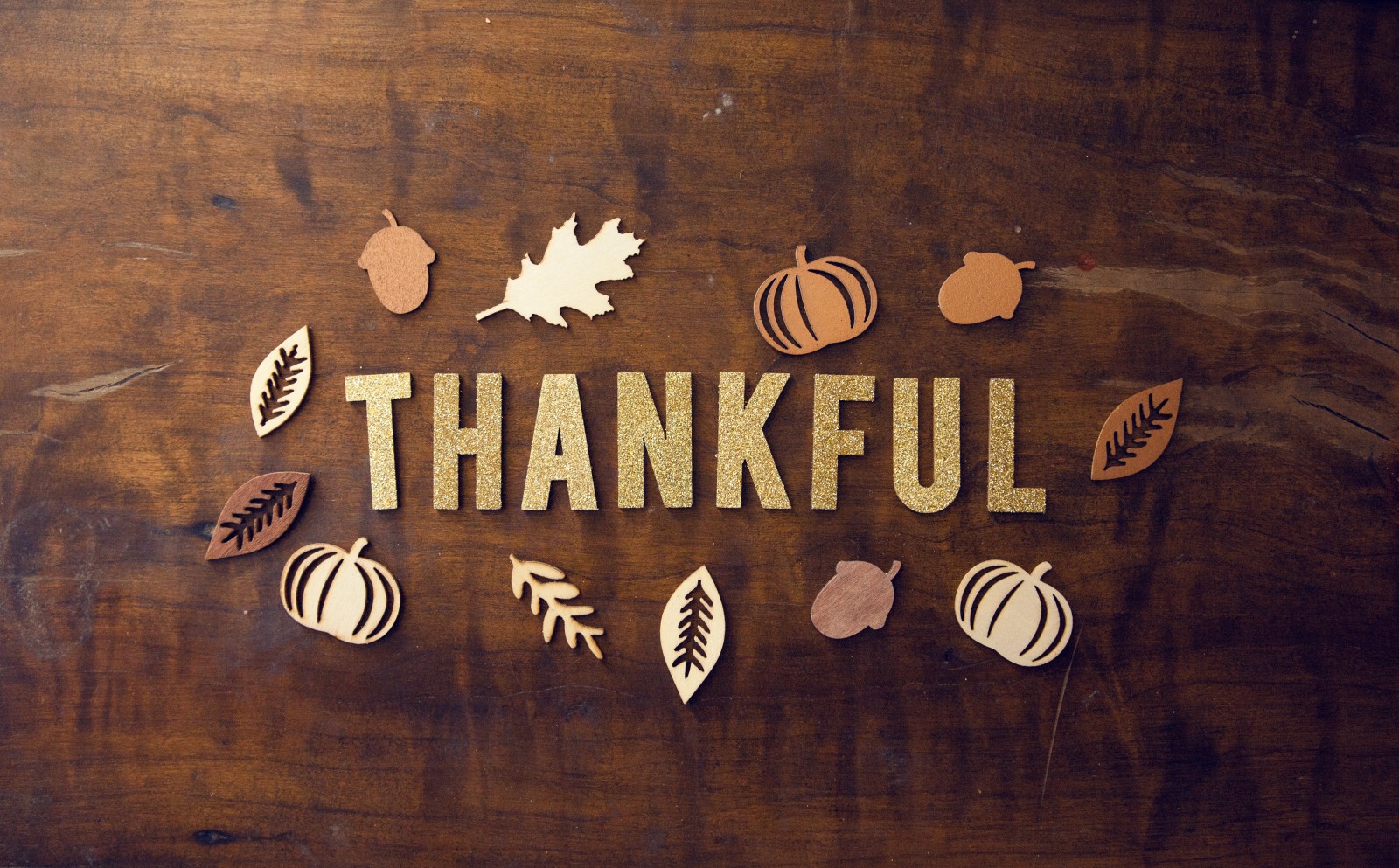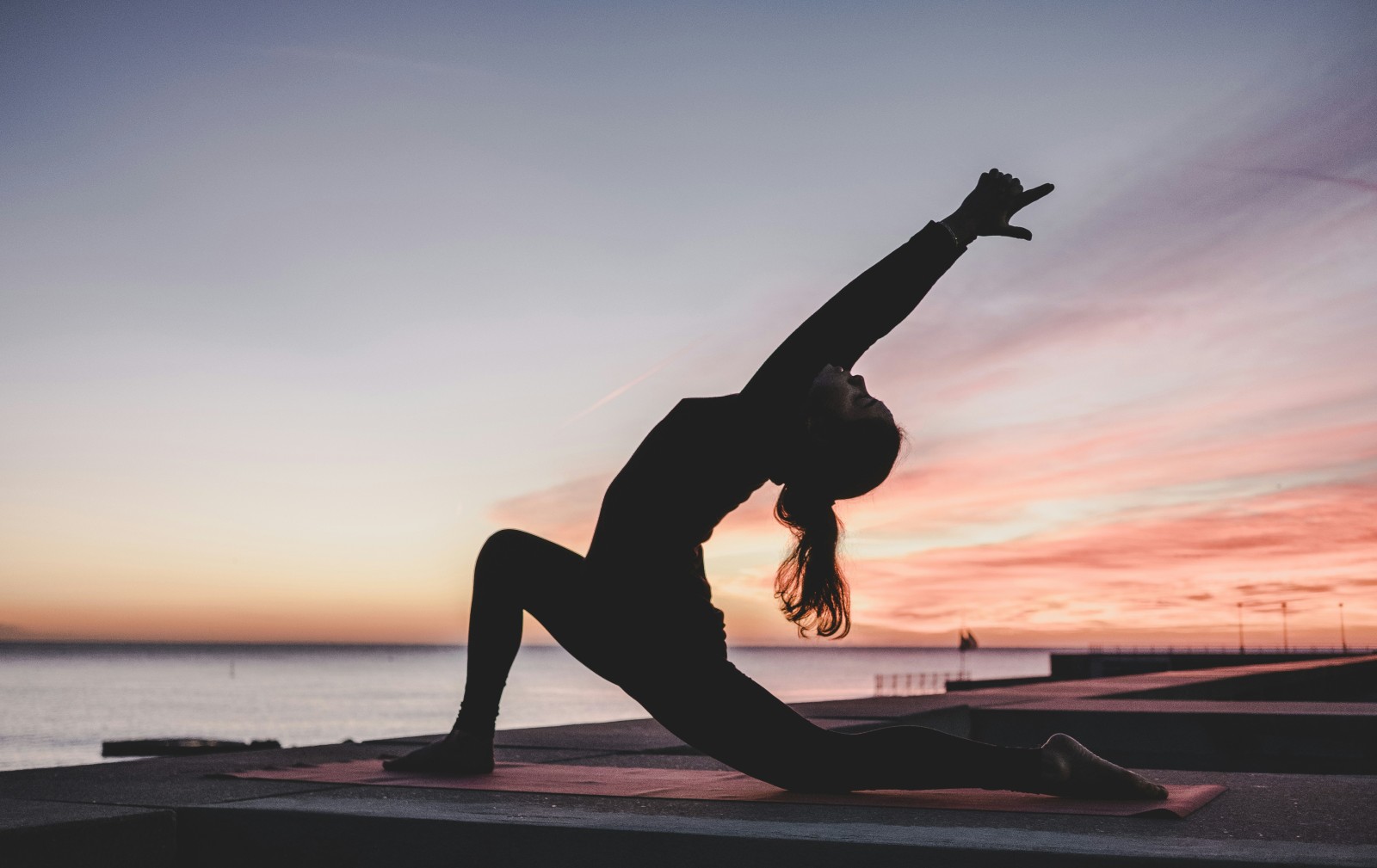
Strength training is one of the most powerful and underutilized tools for long-term health, yet many women still avoid lifting weights due to outdated myths or fear of becoming “bulky.” In reality, resistance training offers wide-reaching benefits that go far beyond building visible muscle. It plays a critical role in bone strength, hormone balance, metabolic health, blood sugar regulation, injury prevention, and healthy aging.
Read more...
Your gut microbiome—the community of trillions of beneficial bacteria living in your digestive tract—plays a critical role in far more than just digestion. It directly influences hormone balance, immune system function, brain health, inflammation levels, and metabolic health. When your gut is thriving, your entire body benefits. When it is imbalanced, multiple systems can be affected at once.
Read more...
Perimenopause is the natural transitional phase leading up to menopause, and for many women it can begin much earlier than expected—sometimes as early as the mid-30s, but more commonly in the 40s. This stage can last anywhere from a few years to over a decade. Unlike menopause, which is defined by the complete cessation of menstrual cycles, perimenopause is characterized by hormonal fluctuation rather than a steady hormonal decline. These constant ups and downs are what make this phase feel confusing, unpredictable, and at times overwhelming.
Read more...
Your late 30s and 40s are often called the hormonal “shift years,” and for good reason. During this time, many women begin to notice subtle—or sometimes dramatic—changes in energy, mood, sleep quality, metabolism, and weight. You might feel more fatigued despite getting enough rest, experience increased anxiety or irritability, or notice that weight is accumulating more easily, especially around the midsection. Yet when you visit your doctor, routine lab work frequently comes back as “normal.” This disconnect can feel confusing, frustrating, and even invalidating.
Read more...
Estrogen is one of the most influential hormones in a woman’s body. While it is most commonly associated with the menstrual cycle and reproductive health, its impact reaches far beyond that. Estrogen plays a key role in metabolism, brain function, bone density, skin elasticity, cardiovascular health, and emotional stability. When estrogen levels are balanced, many women feel energized, mentally clear, emotionally steady, and physically strong. When estrogen becomes imbalanced, symptoms can appear quickly and often feel overwhelming.
Read more...






